Turn-taking skills for language teaching: Part 2
By Jono Ryan
Last month I made a case for turn-taking to to be part of the curriculum in second language teaching. I noted that it is precisely because turn-taking is so fundamental to conversation that we tend to overlook it until it is pointed out. Even when turn-taking goes wrong, we are likely to attribute it to some other behavioural or personality factor: rudeness, sullenness, embarrassment, or unwillingness to participate. This month, in the second of four blog posts on turn-taking, I begin discussing how teachers can introduce a turn-taking focus into the curriculum.
The first issue is that turn-taking is very rarely the focus of classroom practice. As part of a multi-year study (Ryan & Forrest, 2021), my teaching buddy and I searched a vast number of textbooks and other teacher resources for ideas and exercises on how to teach it. We found precisely three resources. Among approximately 165 tertiary-level students from this time, none reported having ever received prior instruction on turn-taking. The first job, therefore, is to raise consciousness among learners of turn-taking even being its own ‘thing’.
To digress for a moment, there's a line from Wong and Waring (2021) that I've quoted numerous times because it so exactly catches the two underlying issues: “of the many aspects of spoken English, turn-taking is perhaps the least tackled in pedagogical materials and classroom instruction perhaps because it is the least understood.” To be even more succinct, one could say we don't teach it because we don't get it. This is not intended to blame language teachers nor even teacher trainers or textbook writers. Far too much blame gets thrown around these days. It’s not a dereliction of duty but the predictable consequence of the study of turn-taking arising out of ethnomethodology (a strand of sociology) rather than linguistics. We were determined to do something about it and so trialed a range of teaching activities and curriculum tweaks (see Ryan, 2022; Ryan & Forrest, 2015, 2016) which eventually coalesced into three core elements, with consciousness-raising being the first.
To set the scene, I show an image from my institution of an engineering class, with half a dozen students clustered around a table, evidently talking through a task. I elicit a few ideas about what they are doing and then ask students to discuss the challenges of working in such groups. I then show a YouTube video (unfortunately not related to the image) of a group discussion, in which there is a rapid back and forth between the participants, and again I ask my students to comment on the challenges. I then present around five written extracts from interviews with international students:
· “When [they] think the answer for the group discussion, we are still finding the word we don’t know, we still checking the dictionary” (Fisher & Kemsley, 2011)
In pairs, I ask students to write a brief (1-2 sentence) summary of the theme across the five extracts. Pairs provide feedback which we discuss together, coming up with an overall summary statement, such as: ‘In mainstream classes, English learners sometimes have trouble joining group discussions. They feel that there is no time and that other students don’t wait for them or give them a turn.’ Further discussion follows but at this point it may be a bit deflating. However, I reassure them that I will be teaching some useful techniques in the following weeks. I let the dust settle overnight and return to the topic the next day.
In phase two, I often proceed with an activity described in Ryan and Forrest (2016). I select a short video (about 3 minutes) of a naturally occurring multi-party conversation. I divide students into five groups and give each a particular question to take notes on. For instance:
· Were there pauses between speakers? How long?
· Did speakers pause in the middle of a turn?
· How much of the time was more than one person speaking?
Among the things students will notice is that the gap between speakers is tiny. In fact, it is most frequently around two-tenths of a second – and quicker than it takes to formulate and express a very simple idea (Enfield, 2017). What this means is that speakers anticipate and gear up for forthcoming opportunities to speak (our topic for next month). As we’ll discuss next time, to do so they attend to intonation, grammar and actions to identify possible end points. I won’t delve into the other details here (see the works referenced above), but such activities alert students to crucial elements of turn-taking. They come to perceive turn-taking as a specific thing.
Equipped with this knowledge, they are (we hope) receptive to the types of micro-skills and other practice that we’ll discuss next time. These two lessons are likely their first ever classes focusing on the nature of turn-taking.
References
Enfield, N. J. (2017). How we talk: The inner workings of conversation. Basic Books.
Fisher, M. & Kemsley, K. (2011). [Student interviews] [Unpublished dataset]. Wintec, New Zealand.
Ryan, J. (2022). Listening in interaction: Understanding projection. In M. Reed & T. Jones (Eds.), Listening in the classroom: Teaching students how to listen (pp. 123-138). TESOL Press.
Ryan, J., & Forrest, L. (2015). Teaching turn-taking. Modern English Teacher, 24(4), 69-71.
Ryan, J., & Forrest, L. (2016). Teaching turn-taking: Part 2. Modern English Teacher, 25(1), 65-67.
Ryan, J., & Forrest, L. (2021). ‘No chance to speak’: Developing a pedagogical response to turn-taking problems. Innovation in language learning and teaching, 15(2), 103-116. https://doi.org/https://doi.org/10.1080/17501229.2019.1687709
Wong, J., & Waring, H. Z. (2021). Conversation analysis and second language pedagogy: A guide for ESL/EFL teachers (2nd ed.). Routledge.
